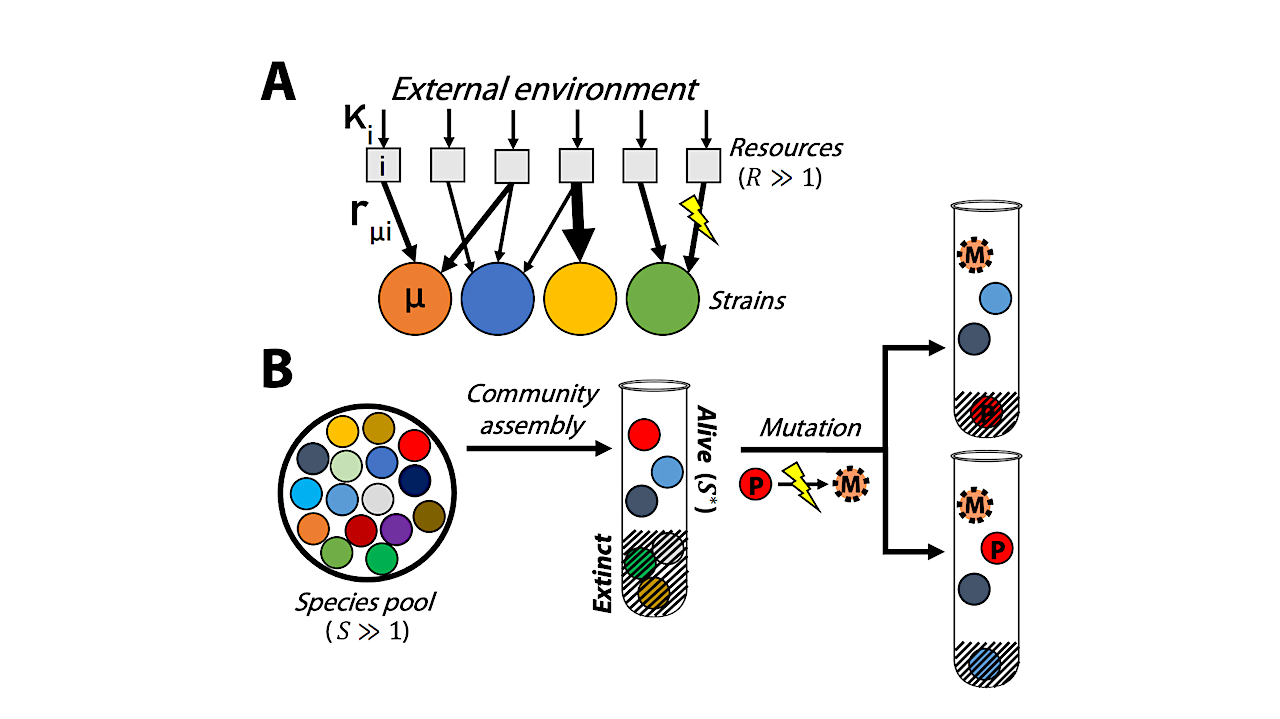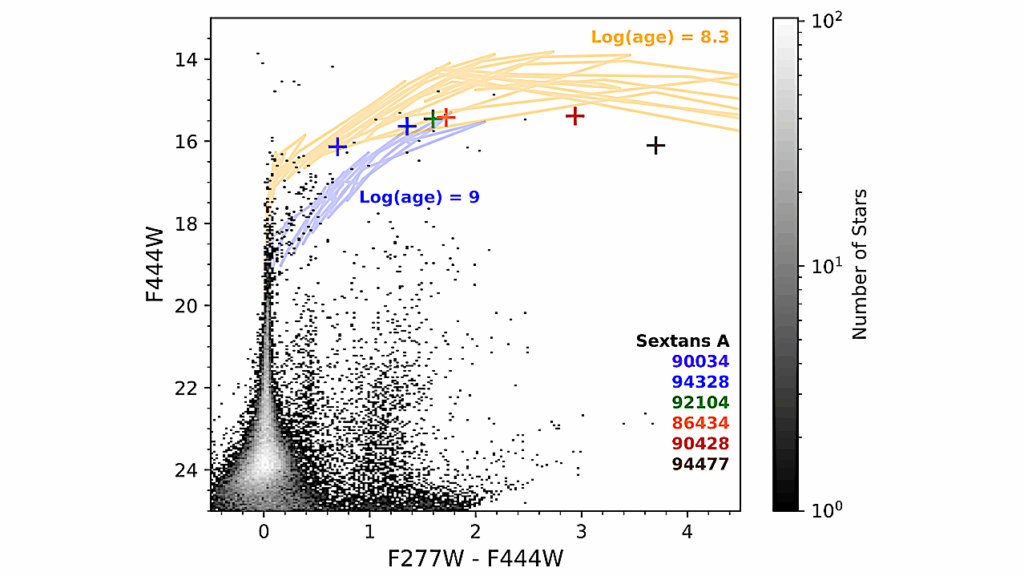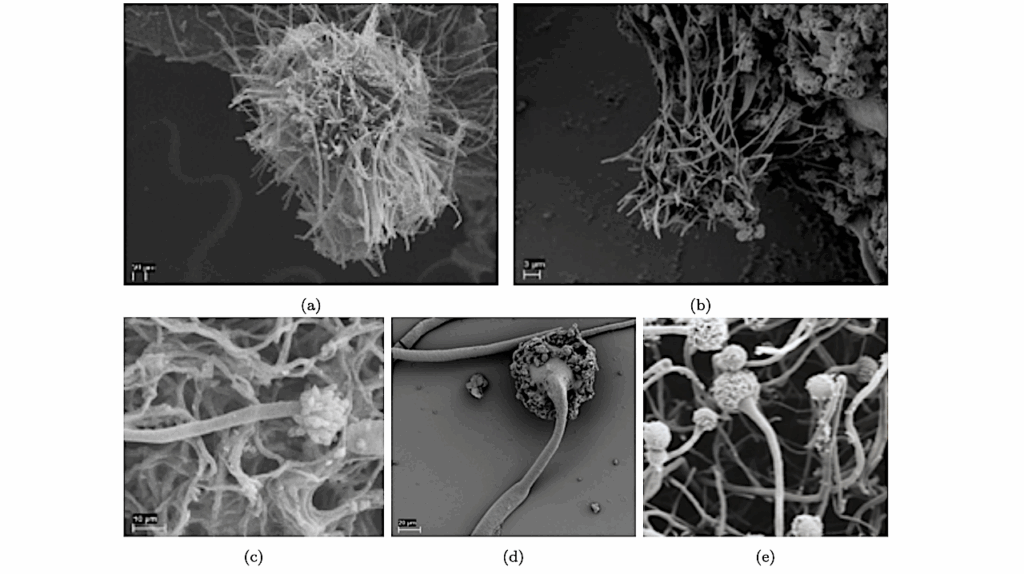Predicting The First Steps Of Evolution In Randomly Assembled Communities

Microbial communities can self-assemble into highly diverse states with predictable statistical properties. However, these initial states can be disrupted by rapid evolution of the resident strains. When a new mutation arises, it competes for resources with its parent strain and with the other species in the community.
This interplay between ecology and evolution is difficult to capture with existing community assembly theory. Here, we introduce a mathematical framework for predicting the first steps of evolution in randomly assembled communities that compete for substitutable resources.
We show how the fitness effects of new mutations and the probability that they coexist with their parent depends on the size of the community, the saturation of its niches, and the metabolic overlap between its members.
We find that successful mutations are often able to coexist with their parent strains, even in saturated communities with low niche availability. At the same time, these invading mutants often cause extinctions of metabolically distant species.
Our results suggest that even small amounts of evolution can produce distinct genetic signatures in natural microbial communities.
John McEnany, Benjamin H. Good
Predicting the First Steps of Evolution in Randomly Assembled Communities
doi: https://doi.org/10.1101/2023.12.15.571925
Astrobiology








